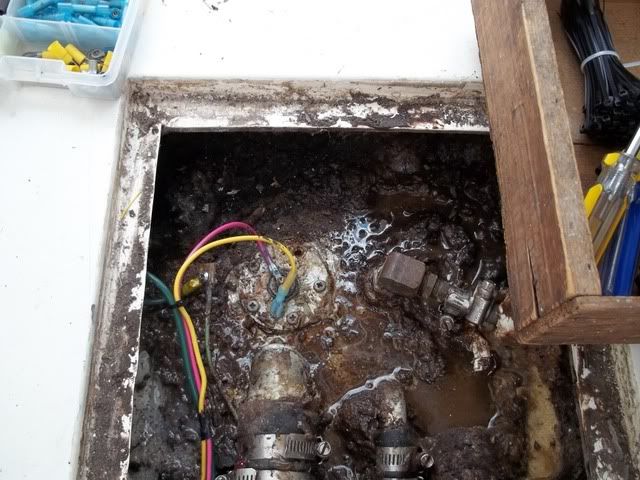Gulfster,
First, welcome to CA! A little more cordial and friendly than CM (I'm FNG over there, imagine what THAT stands for!), but all of us are passionate about AS, just as the Mako guy's are about their boats.
Now, foam is not meant to be a support for the deck, be it the sole or any other portion. It is there to provide both flotation and to create a stiffening effect, especially when injected between the hullsides and the inwales. The support for the deck must come from the stringers and the bulkheads and that gap should be optimally 1/2"-3/4", and be secured with at least polyester bonding putty.
Every builder, although they do many of the same things identically, does some things differently, based on the engineering/designer preferences as to how "things" should be done. I guess that's why we have Grady's and Bayliners, Pursuits and Sea Fox's, etc. Build a better mousetrap, or build the same mousetrap cheaper. Nature of the business.
So, that being said, I would first try and access the outboard stringers, as well as the stringers and bulkheads surrounding the fuel tank, and see what you can find as far as a bonding gap. It should be as I stated above. Then, I would drill some small inspection holes (1/4") in the "soft" areas, and examine the shavings that you extract. I would guess that you will find moisture in the coring.
I know you really love Mako's, but here is a perfect example of a practice that I find totally against what I have been doing in my 17 years in the OEM boat building business: foaming in fuel tanks...

snappergappers 224 tank, about the most disgusting mess I've ever seen in relation to a fuel tank. Water, AND FUEL, trapped between the foam and the tank, a lot of the foam had turned to some sort of jelly, I didn't even want to touch the stuff, but I had to to re-wire the sender and attach new bonding wires to it. So, sometimes, on paper, ideas seem pretty good, but in the real world, they are not so good...
Sorry for the long post as well. Let's look at it this way. Miami built Aquasports and Makos are excellent boats...just horses of a different color...
